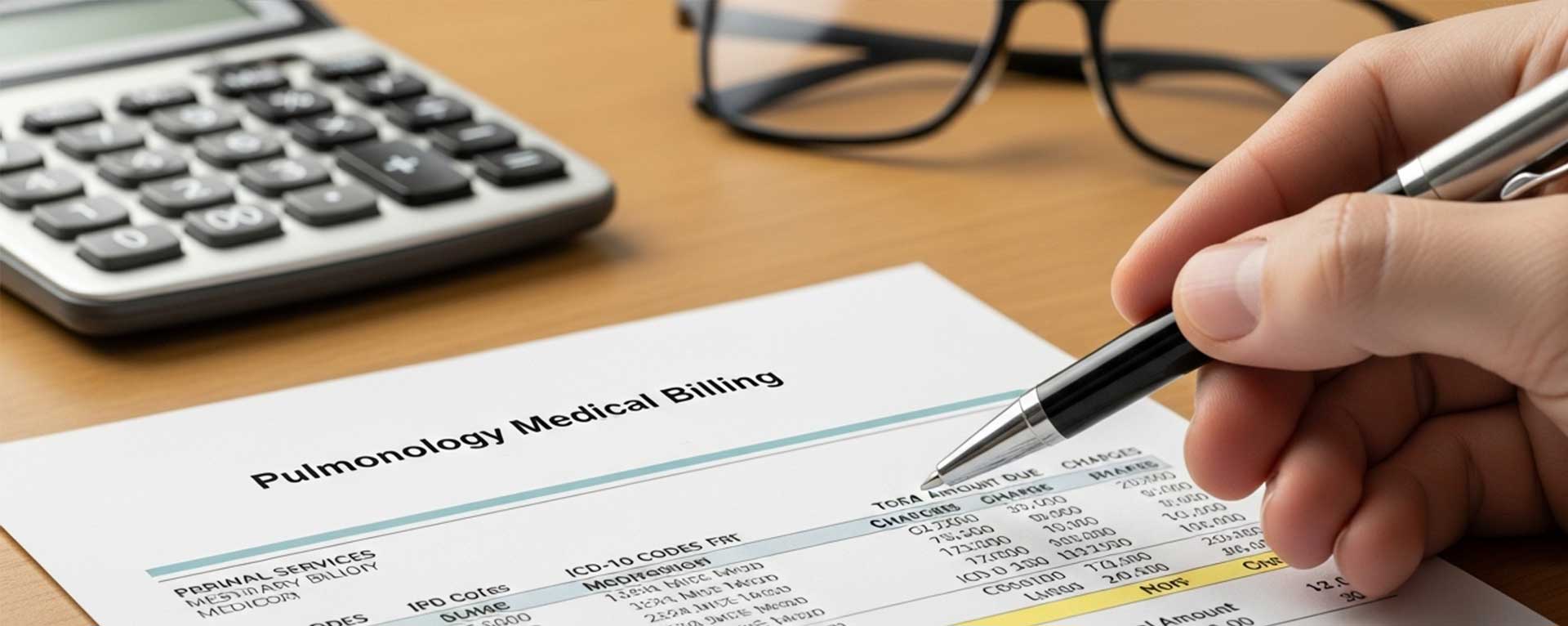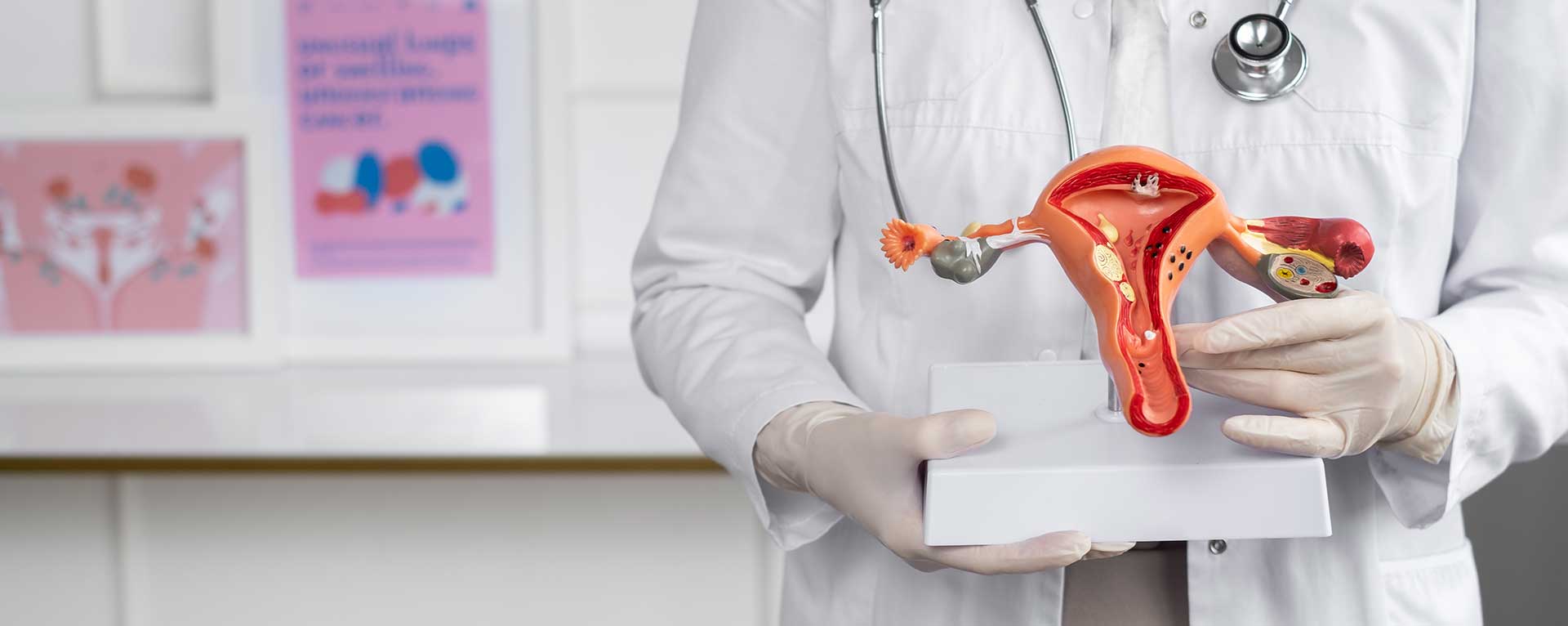The COVID-19 pandemic has compelled healthcare providers to rely heavily on their electronic health records EHR software to help them get through. With an almost non-stop influx of patients, clinics and hospitals are tasked with ensuring that their EHRs don’t fail them and allow for smooth operation.
Here are some must-have EHR software features that help you make high-volume patient care more manageable.
Table of Contents
Toggle- High-Volume Patient Practice Care Management Systems
- Automatic Patient Appointment Reminders via SMS, Email, and Phone Calls
- Centralized Patient Records Management System
- Integration with EMR and EHR Software
- Automated Prescription Refill Requests
- Template-Based Documentation
- Built-In Drug Reference Material
- Integrated Medical Billing Software
- Clinical Reporting and Analytics
- Takeaway: The Right EHR is Key to Seamless High-Volume Patient Management
High-Volume Patient Practice Care Management Systems
A recent Elsevier study found 69% of clinicians worldwide say that they are overwhelmed by the current volume of health data, which impacts their practice. To better manage patient care, the EHR software you use must have the capability to capture and store patient demographics. This includes their name, date of birth, and other identifying information such as race and ethnicity. This will allow your staff to efficiently verify whether new patients are insured by their insurance provider or not. It also makes things easier when providing care to people your clinic or hospital has previously seen.
Automatic Patient Appointment Reminders via SMS, Email, and Phone Calls
A patient appointment reminder system should be part of your EHR modules. This allows you to schedule appointments for your patients and send them reminders.
Automated appointment reminders are among the key features of any top compilation of scheduling software in the market today. This feature is handy if you have a busy practice with many patients needing help remembering when their next appointment is scheduled. The patient appointment reminder system should also be able to automatically reschedule missed appointments and allow patients to cancel or change their appointments.
Centralized Patient Records Management System
This feature allows for the sharing of information between different clinic locations. We’re not just talking about a simple database here; we’re talking about an EHR specifically designed to meet the needs of high-volume practices and hospitals. With various types of electronic health record systems out there, your EHR should have a system capable of handling the large amount of data generated by a busy practice, including patient records and hospital billing information. It should also have secure access points for different staff members to ensure compliance with HIPAA regulations.
Integration with EMR and EHR Software
An EHR designed to be used with an EMR and EHR software will have a much easier time integrating with it. With an integrated EHR-EMR system, you and your team can access all your patient records and billing information from the same system, which is far more efficient than having separate systems for each.
Ideally, this integration should include seamless communication between the two systems and a way to share information. This crucial integration optimizes the various functions of EHR, ultimately allowing for better patient care coordination between different departments within the hospital or clinic. Your EMR platform should also integrate with your HR software for continuous and trouble-free operations. If you’re using BambooHR, Workforce Now, or any Workday alternative, choose an EMR that can work seamlessly with your HR solution.
Automated Prescription Refill Requests
This feature is designed to streamline the prescription refill process. When you need to refill a patient’s medications, you can request them from the EHR and then have the pharmacy automatically fill them.
This means that there is no need for clinicians or nurses to make phone calls or send emails when they want a new prescription—it can all be done from within their EMR software.
Template-Based Documentation
Your EHR must also offer template-based documentation to allow you to create the right kind of forms and reports that you need. This feature will save time and money by letting you create customized templates and templates with pre-populated fields instead of having to design everything from scratch every time.
A template-based documentation system allows clinicians to document patient encounters using a predefined set of data elements. This will help you streamline your workflow, reduce errors and save time by eliminating the need for clinicians to manually enter all of their notes into the EHR in real time.
Built-In Drug Reference Material
A drug reference contains information about a specific drug or group of drugs, including its uses and side effects. You can use the drug reference to look up the most common uses for a medication, see what others have said about it, learn about possible interactions between medications and learn more about how it works in your body.
The EHR should come with built-in drug reference material that your clinicians can use to look up information on a patient’s medication history, allergies, and possible interactions. This can help reduce errors by ensuring that the right drugs are prescribed at the right doses.
Integrated Medical Billing Software
Medical billing software is a system that allows you to bill your patients in a timely fashion and ensures that you don’t miss any charges. These systems are designed to be easy to use and save you time by doing the heavy lifting. Some integrated medical billing software will also let you send automated reminder emails, manage appointments and even help with patient retention strategies. Integrated medical billing software is designed to provide a comprehensive solution for your practice. If used properly, medical billing platforms offer benefits to small practices. It will help you manage payments, claims, and other processes related to insurance. Users can also use it to create invoices and statements for patients and track patient accounts over time.
Clinical Reporting and Analytics
Finally, your EHR should offer a suite of clinical reporting and analytics tools that help you measure, monitor, and improve your practice. These modules will allow you to review data on patient health, quality of care, and provider performance.
These features can help improve patient care through workflow automation, smart patient queues, real-time reminders and alerts, clinical decision support systems, and more.
Takeaway: The Right EHR is Key to Seamless High-Volume Patient Management
Finding an EHR system with the right features for your practice can make a huge difference in managing your patients daily. This is why all practices need to consider their needs and budget when choosing an EHR. The right system will make your job easier, enhance patient care, and ultimately improve the quality of your practice.










